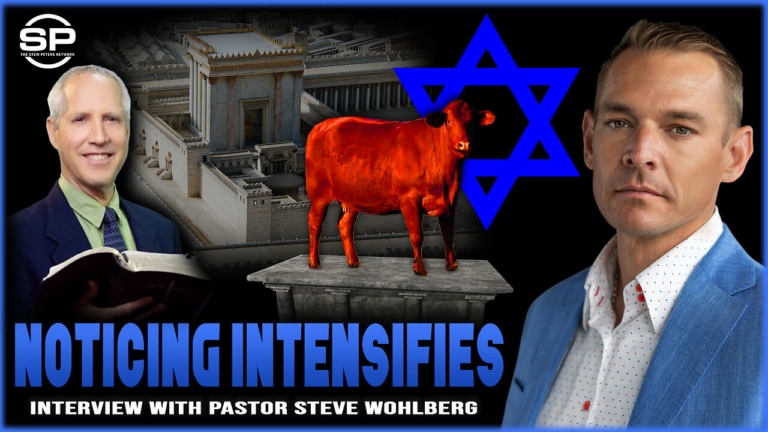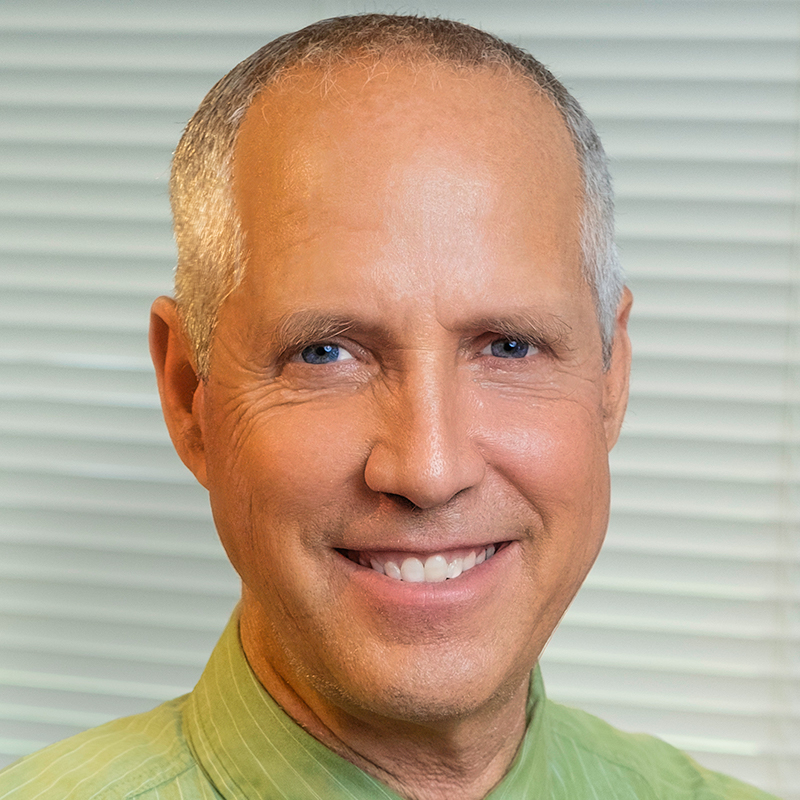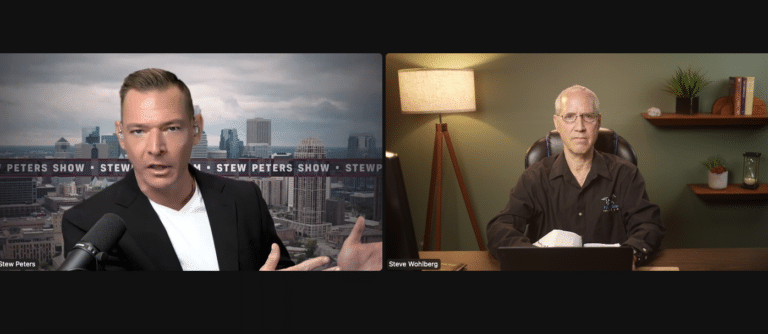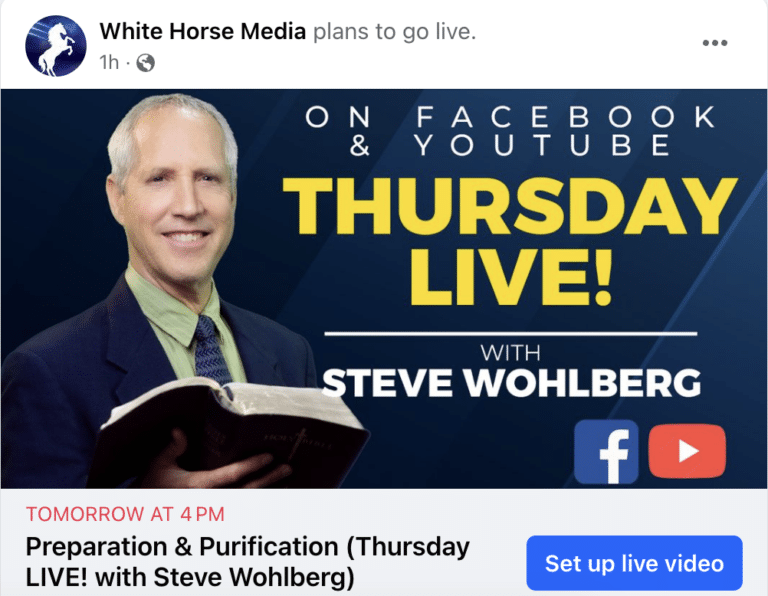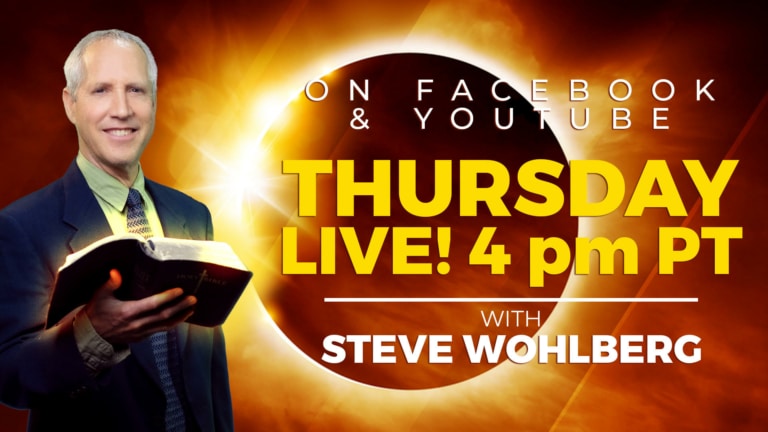My wife Kristin and I noticed her immediately. We were sitting quietly in the lobby of a medical center in Templeton, California, waiting to see the doctor who was monitoring the progress of Kristin’s pregnancy. Suddenly a mysterious looking young lady—probably in her twenties—entered and sat directly in front of us. She had long dark hair, was dressed in black (which seemed unusual for a spring day in May), and began reading a book with a full moon on the cover. When the nurse called out, “Kristin Wohlberg,” and we rose to leave the room, I glanced again and noticed she was wearing a necklace with a five-pointed star, or pentagram. Was she a practicing witch? I can’t say for sure, but on the surface, the signs certainly fit.
In case you haven’t noticed, kids, teenagers and adults around the world are becoming fascinated by mysterious energies flowing through witches. In rapidly increasing numbers, young and old are visiting popular witchcraft web sites, buying spell books, joining covens, mixing potions, and practicing magic. If you doubt the trend, just visit www.walmart.com and type “Wicca.” This isn’t fiction or fantasy, but reality.
In the United States, so many teenagers are embracing the Wiccan Way that National Public Radio’s All Things Considered aired a story called, “Teens and Wicca,” alerting the American public. The report testified that growing numbers of teenagers are secretly setting up witchcraft altars in their bedrooms, offering prayers to the Goddess, and invoking the aid of spirits. A similar trend is sweeping Canada, England, Europe, Australia, Russia, and other countries. The book, Rocking the Goddess: Campus Wicca for the Student Practitioner by Anthony Paige (Citadel Press, 2002), documents Wicca’s explosive growth on college campuses across the US. Wal-Mart’s web site declares:
Written by a student for students, Rocking the Goddess is the first book of its kind for the budding Wiccan. Included here are interviews with students, faculty, and college administrators across the country, as well as profiles of Wiccan role models such as Enya, Stevie Nicks, and Tori Amos.
Witchcraft is growing so fast that Wiccan visionaries are rushing to establish their own schools. “The growth has been so explosive that what structure there is cannot accommodate it,” says Chas Clifton, editor of Pomegranate: The International Journal of Pagan Studies. “We are like a third world country that can’t put up enough elementary schools fast enough….”.
One Wiccan bestseller is Teen Witch: Wicca for a New Generation (Llewellyn Publications, 1997), by Silver Ravenwolf. Like similar works targeting teenage interest in spells and potions, Ravenwolf makes her case that Witchcraft isn’t evil at all, but safe and friendly, “the art of science of white magick, a gentle, loving practice”. This is the viewpoint of all Wiccan authors, including Oberon Zell-Ravenheart, Raven Grimassi, Patricia Telesco, Phyllis Curott, and countless others. They all say Wicca is simply wholesome, nature-based “white magic.”
This is only Part 1 in a series. In future posts we will examine why so many young people are exploring Wicca, what Wiccans believe, what the Bible says about Witchcraft, how Christians should treat Witches, the influence of popular Hollywood TV programs and movies (such as Harry Potter) on Wiccan growth, and eventually, how the phenomenal rise in “witchie” interest connects with Bible prophecy.
One of Wicca’s core tenets is that nature has power we can tap into – and that this power is neutral, meaning it’s neither good nor bad. Wiccan Scott Cunningham clarifies,
The power at work within folk magic is just that – power. It is neither positive nor negative, neither good nor evil. It is the intention and goal of the magician working with it that determines whether this power is used for helpful or harmful ends.
In other words, if we tap into and channel nature’s power for “good” purposes, we’re “white witches.” Significantly, the Bible says something quite different. It teaches that our universe isn’t permeated with only one neutral power, but is really inhabited by two highly personal forces. One is infinitely creative, warm, and loving, while the other is cold, diabolically wicked, and deceptive. Notice carefully: Jesus Christ sent Paul to mixed-up humans,
“…to open their eyes, to turn them from darkness to light, and from the power of Satan to God” (Acts 26:18).
Here two powers are described–Satan and God. That’s the Bible view. The Bible also presents God as so personal that He even sacrificed His Son to save sinners from sin. Jesus Christ said:
For God so loved the world, that He gave His only begotten Son, that whosoever believes in Him should not perish, but have eternal life (John 3:16).
Not just Power; but a Person motivated by love. And this short phrase, “God so loved the world” includes you, me, and every witch. It is the goal of these posts not only to help you find that love, but to help you avoid the end-time tricks of the master seducer who may appear like “an angel of light” (2 Corinthians 11:14) but whose goal is to trap and destroy every naïve human being who unsuspectingly wanders into his snare.
To be continued….
